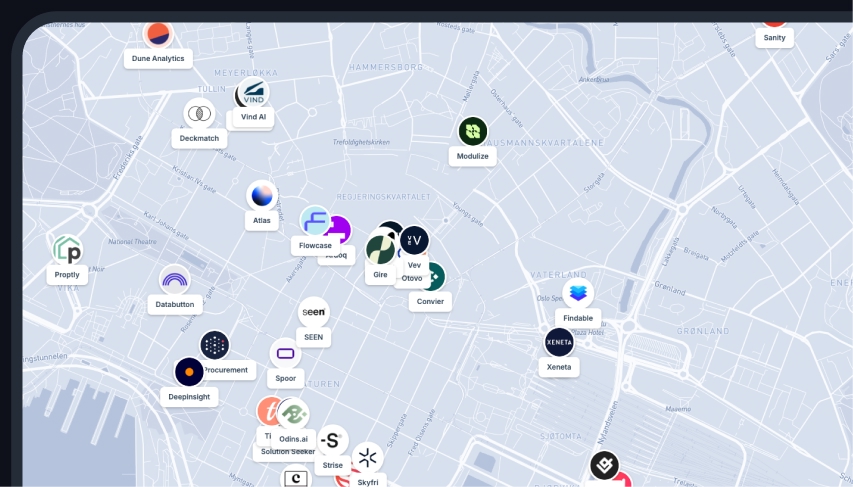Duplicate
What is Duplicate Analysis?
Duplicate analysis in a GIS context refers to the process of creating identical copies of a given layer or specific features within that layer. This means an entire layer or selected features can be replicated to another new layer, retaining all of its attributes and spatial references. This function is crucial in scenarios where modifications, comparisons, or simulations need to be performed on datasets without altering the original data.
When would you use Duplicate Analysis?
Duplicate analysis is useful in several scenarios. When a user needs to experiment with different spatial analyses or transformations on a dataset without impacting the original version, duplicating the layer provides a safe testing ground. It is also useful when preparing multiple map layouts or reports requiring identical base data with variations. Additionally, duplication can be instrumental in data backup strategies or in scenarios where similar spatial datasets are analyzed across different geographic or thematic parameters.
Work faster with spatial data
Easily import data, automate analysis and build spatial apps for the web, all within a single software.
FAQs
Can I duplicate only certain features instead of the whole layer?
Yes, you can select specific features within a layer that you would like to duplicate to a new layer. This allows for targeted analysis or replication.
Does duplicating a layer affect the original data?
No, duplicating a layer creates an exact copy, but it does not alter or affect the original data layer. The process ensures that the original data remains unchanged.
Is it possible to duplicate layers across different projects?
Yes, duplicated layers can be moved or copied across different projects if needed, ensuring that spatial analyses can be replicated or shared across various workflows.
How is duplicate analysis different from exporting data?
Duplicate analysis creates a copy within the GIS environment, maintaining the layer's attributes and spatial references. Exporting data generally refers to creating a static version of the data in a different format for use outside the GIS environment.
